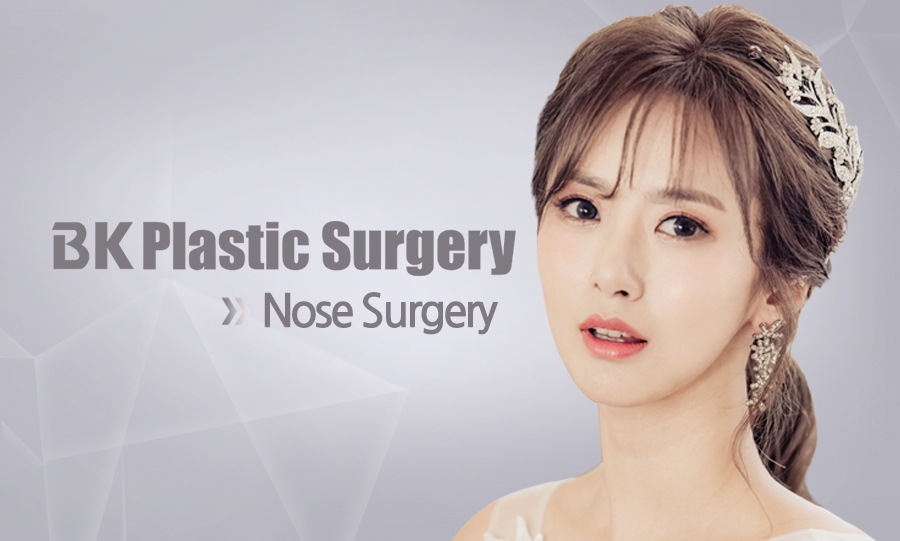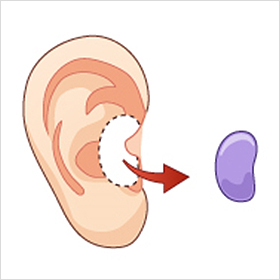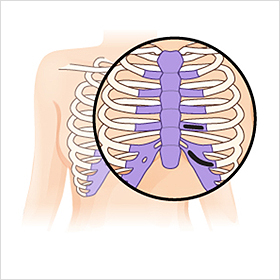Nose Surgery Center

코성형센터 선택하기
- Types of Nose Surgery >
- Revisional Nose Surgery

Use of Autologous Cartilage
-

<Ear Cartilage>
-

<Septal Cartilage>
-

<Rib Cartilage>
Artificial implants for the purpose of revisional surgery can result in operative failures, infection, or deformations. Hence, use of autologous cartilages is recommended.

Proper time for Revisional Nose Surgery
Revisional Nose surgery is generally recommended to be done 6 months after the previous surgery for tissues to be softer and tender.However, a revision of relatively simple surgery such as a mere nose bridge augmentation, can be performed within 3 months. In case of infection, revisions should be postponed until implants are removed and inflammation is soothed.
-

Before
-

After

Causes of Revisional Nose Surgery and Treatments
■ Contracture on Nose Tip
Symptoms
Neglecting infection after a rhinoplasty without proper treatment in the beginning leaves scars on inner structure that cause hardening and contraction of nose. Nose may become short and stiff if not treated properly.
Treatments
After infection-causing implant is removed and replaced with infection-resistance autologus tissues (dermis, fat, or rib cartilage) or new implant. The nose tip is reshaped using autologous septal cartilage or rib cartilage since previous contraction could cause the tip upturned.
■ Imbalance in Nose and Face
Symptoms
Lack of aesthetic consideration often results in a visual imbalance in nose and face, Most patients are unsatisfied with such results and revision should be considered.
Treatments
Revisional surgery for this case, requires precise techniques to carry out size reduction or relocation of implants.
■ Deviated Implant
Symptoms
Nose appears bent or unnatural due to the deviation of implant from its original place.
Treatments
A new implant that is properly shaped should replace the older one. The site of misplaced implant must be treated as well.
■ Allergic Reaction to Silicone
Symptoms
Patients who were unaware of the fact that they were allergic to silicone yet received procedure may experience allergic reaction such as prolonged swelling, and fluid retention around the nose bridge.
Treatments
Allergic reactions are not easily predicted. If it happens, any silicone implants are to be immediately removed and replaced with autologous tissues (corium, fat, or rib cartilage) upon detection of the symptoms.
■ Nose Tip Deformation Caused by L– Shaped Silicone
Symptoms
When L-shaped silicone is placed on the nose tip, the cartilage can be deformed with pressure. The skin on the tip may become reddish due to thinning, with the implant visible, protruding externally or deviated.
Treatments
L-shaped silicone is removed, and another silicone implant only suitable for the nose bridge area is inserted. And the tip is grafted with autologus cartilage. The skin affected by deformation may be further damaged therefore should be reinforced by autologus cartilage or alloderm. In case of revisional surgery.


























